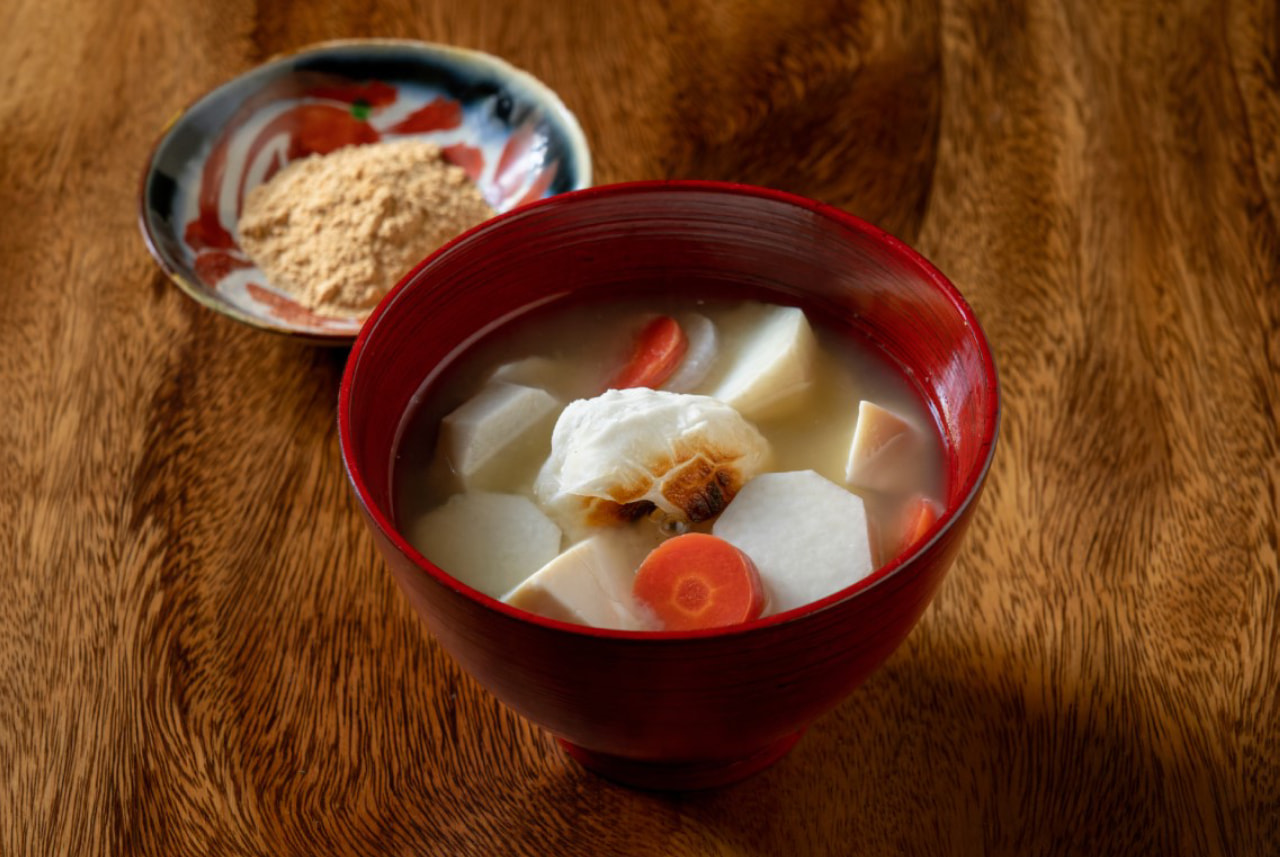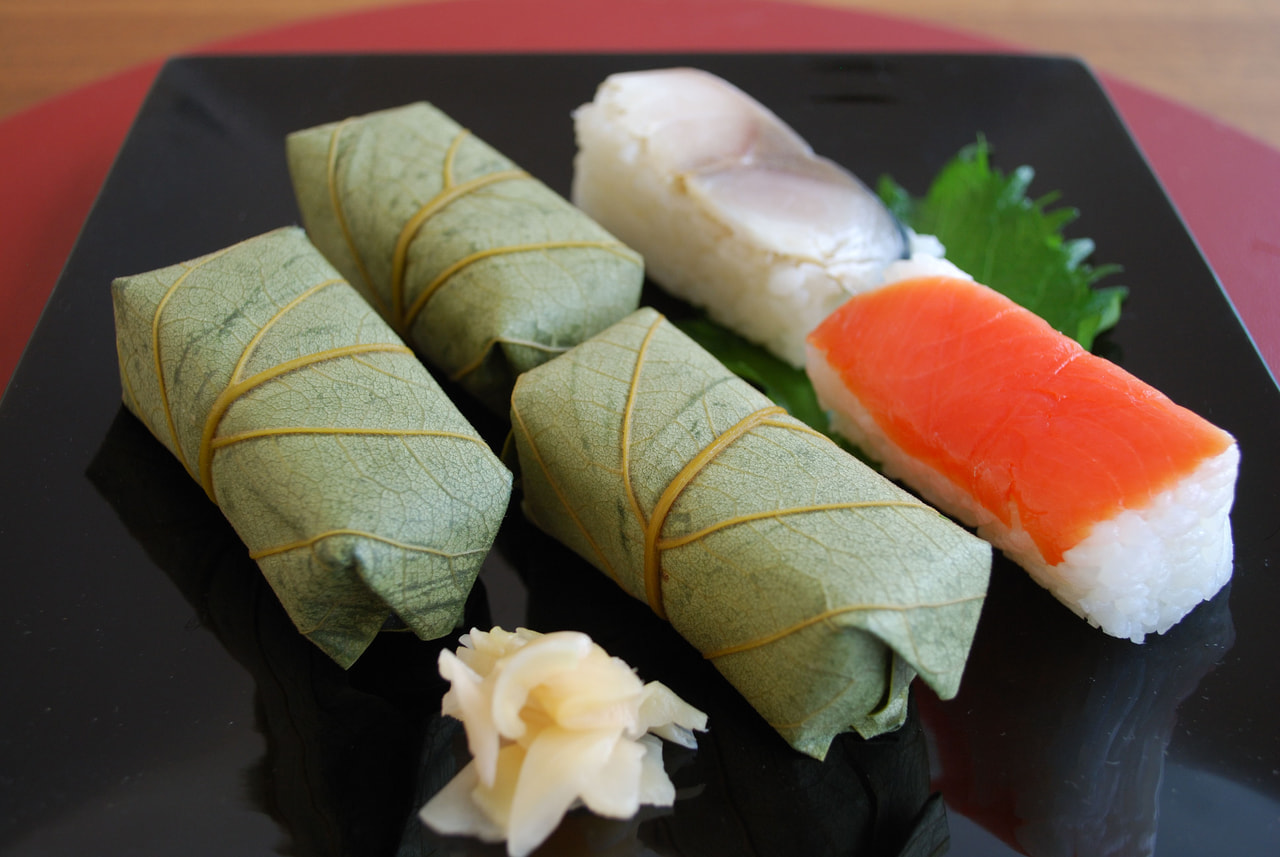Yamato no Zoni is a traditional local dish from Nara Prefecture.
This white miso soup features tofu, turnip (Iwai daikon), Kintoki carrot, satoimo (taro), and round mochi. In Nara’s culinary customs, tofu symbolizes a white-walled warehouse, representing the wish for one to be built. Round mochi and sliced vegetables express the hope for family harmony throughout the year, while the yellow color of kinako (roasted soybean flour) signifies a wish for a good rice harvest—each ingredient carries its own meaning.
Prepared in households around New Year's, Yamato no Zoni is also served in school lunches and cooking classes, making it familiar to younger generations.
In addition to being enjoyed as a soup, a unique custom in Nara is to remove the mochi and eat it with kinako—a practice seen in many parts of the prefecture.
The vegetables and tofu are simmered to create an umami-rich broth with white miso, enhancing the flavor and making the dish even more enjoyable.



